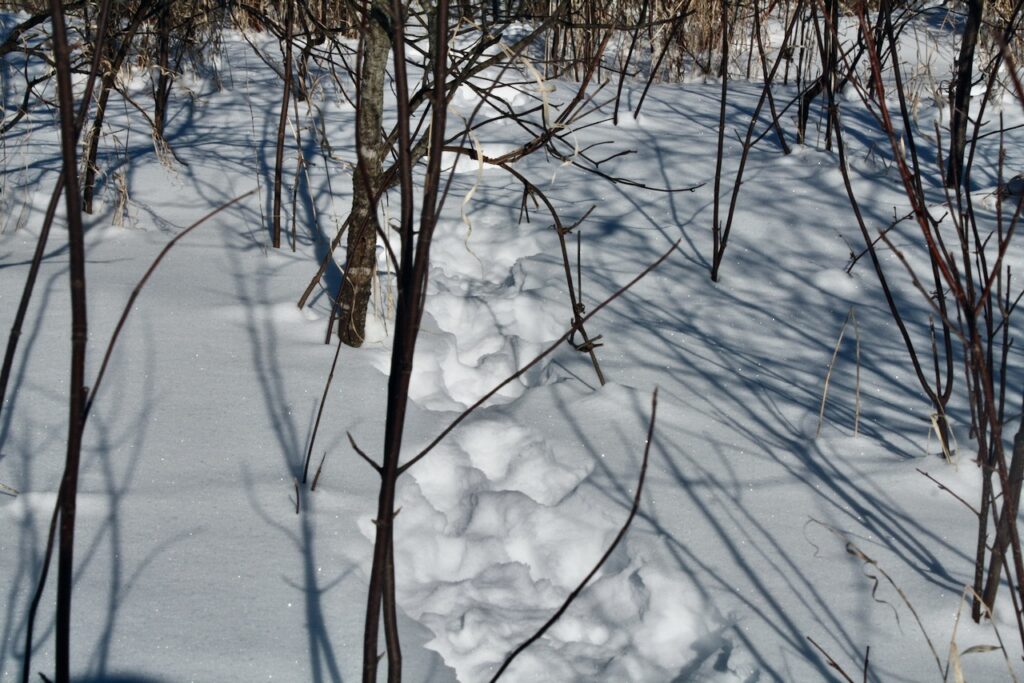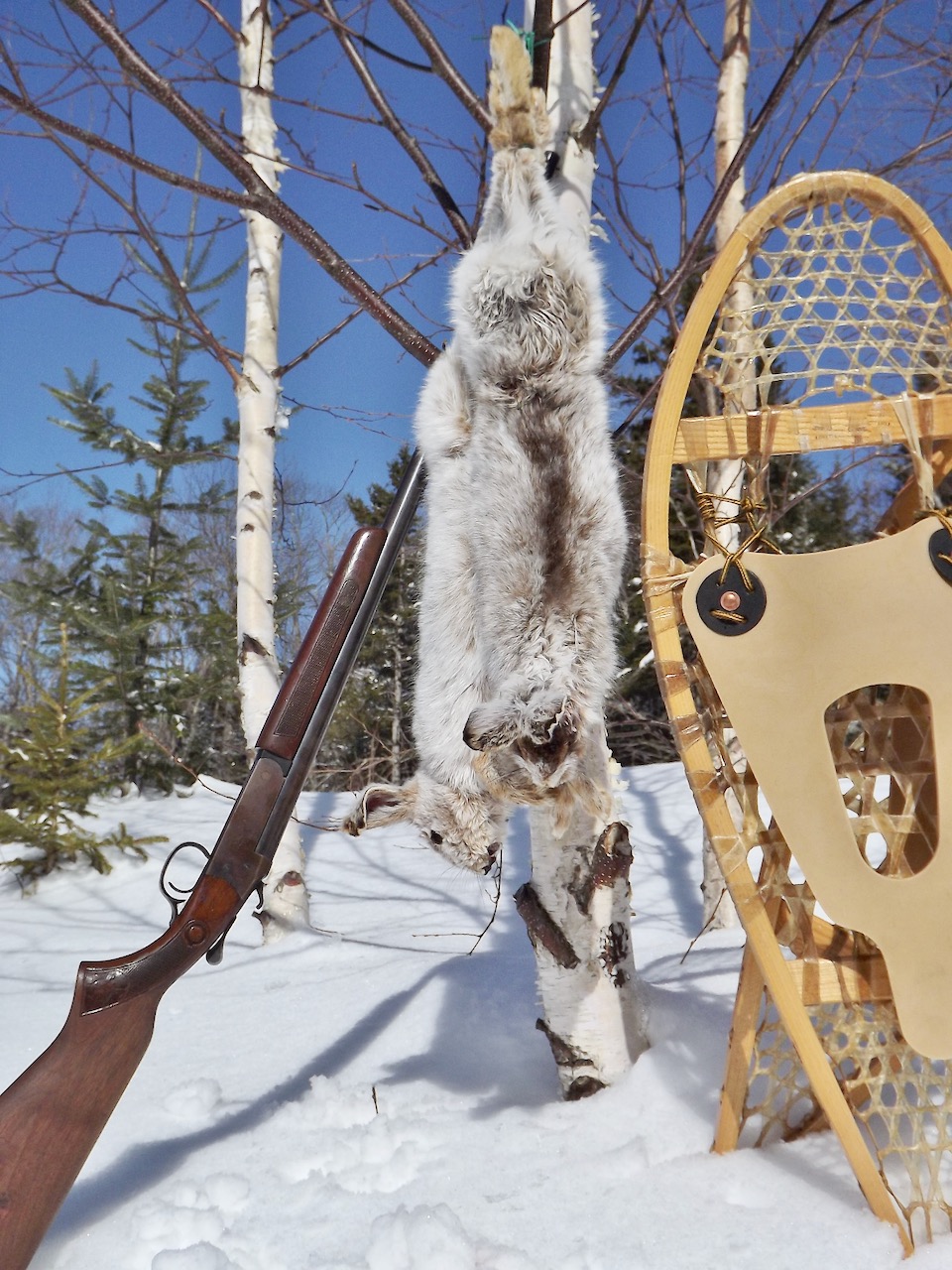HARE BRAINED
From scouting to tracking, a step-by-step approach to hunting southern Canada’s wintertime snowshoes
Advertisement

SCOUTING OPPORTUNITIES
Snowshoe hares inhabit a smaller territory in the winter than they do during the warmer months, so I wait for the first snowfall before walking through likely hare haunts. Snow is important for scouting, because it lets you know whether hares are using an area, and if so, which trails are used most frequently.
Keep in mind that although a well-worn trail may look like it’s being used by many hares, it might just be one or two passing through several times in a single night. To get a better understanding of how many hares are travelling through an area—and when—l often set up a few trail cameras. Other signs to look for include fresh droppings that seem to be concentrated in one particular place, and fallen birch or poplar limbs that hares have girdled, chewing off the bark.
Advertisement
Part of the reason snowshoes keep a smaller home range during winter is because habitat providing protection from avian predators, such as hawks and owls, becomes limited. Look for spots that provide cover, such as cedar thickets and grown-in vegetation along the edges of water sources, fields and, especially, old farm equipment left to rust. I can’t count the number of times I’ve had a hare race out from under a dilapidated hay wagon or neglected piece of farm machinery abandoned along a fence line. Well-worn trails in the snow leading to old overgrown barns or building foundations are also magnets for snowshoe hares. Check all of those areas very carefully.
Although winter is the most important time to scout, you can also learn valuable information during hunts earlier in the season. When hunting for ruffed grouse or woodcock, for example, I’ll often flush out a hare or two, then take careful note of when and where it happened.

